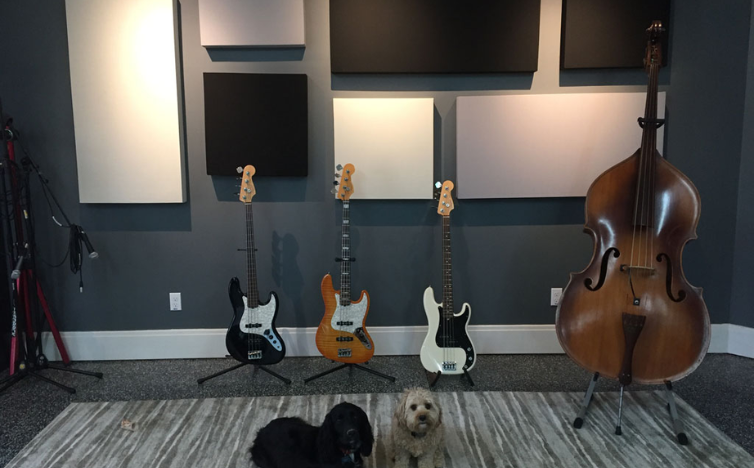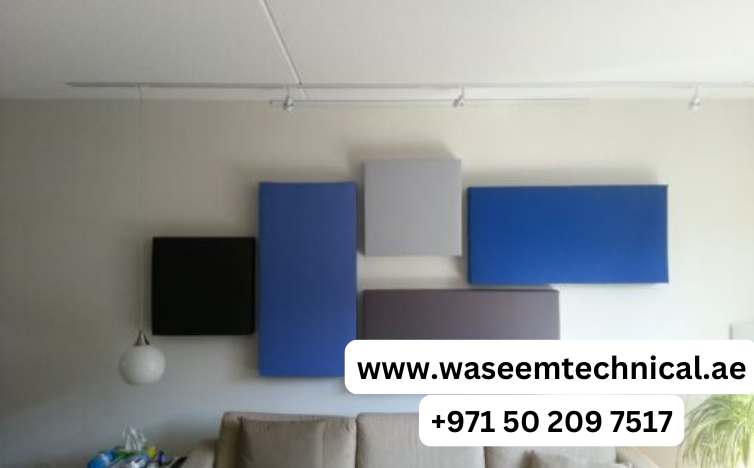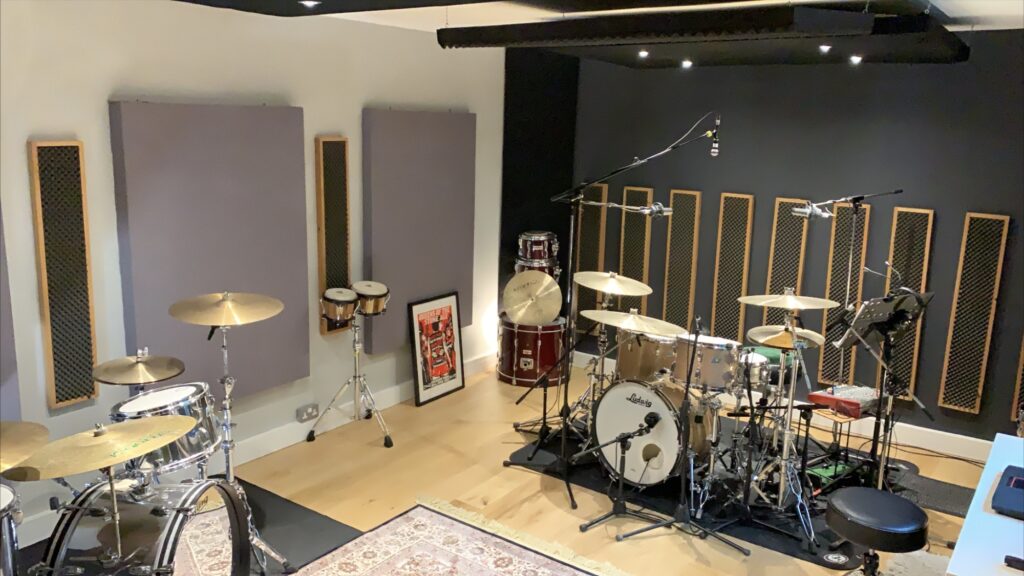Air gaps behind acoustic panels significantly improve their performance by allowing sound waves to dissipate more effectively. When panels are mounted directly on walls, low-frequency sounds often reflect back into the room. An air gap creates additional space for sound energy to be absorbed, enhancing overall noise reduction.
Optimal Air Gap Depth for Best Results
For maximum efficiency, experts recommend a 2-4 inch air gap behind acoustic panels. This depth helps trap mid and low-frequency sounds while maintaining panel effectiveness. Thicker gaps improve bass absorption but require proper mounting hardware to ensure stability.

Benefits of Using Air Gaps
- Better Low-Frequency Absorption – Air gaps help dampen bass and reduce echo.
- Improved Sound Clarity – Reduces flutter echoes and standing waves.
- Cost-Effective Upgrade – Enhances panel performance without additional materials.
Installation Tips for Air Gaps
To install acoustic panels with an air gap:
- Use Z-clips or standoff mounts to create consistent spacing.
- Ensure panels are securely fastened to avoid vibrations.
- Seal edges with acoustic sealant to prevent sound leakage.
Call us: Contact Waseem Technical Soundproofing Expert in Saudi Arabia For Soundproofing: +971 50 209 7517
Conclusion
Adding air gaps improve acoustic panels is a simple yet effective way to boost soundproofing and enhance room acoustics. Proper installation ensures optimal performance for studios, offices, and home theaters.




